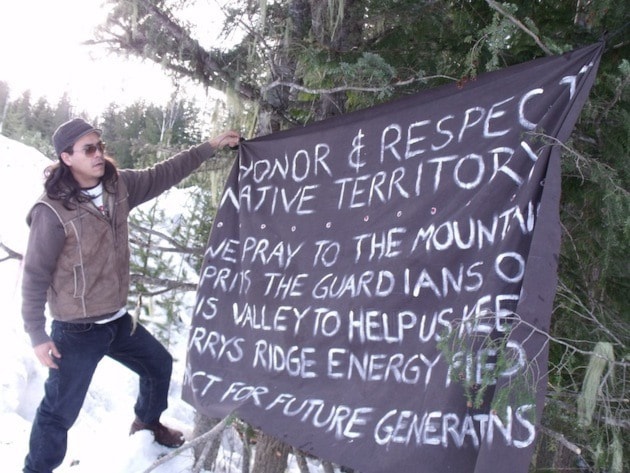Re: “Aboriginal protocol is weak”
I am writing to thank K. Linda Kivi for her letter. I appreciate her words on the weakness of Nelson’s aboriginal protocol with regards to our presence, as Canadians, in these unceded Sinixt territories.
It was with mixed feelings that I read the announcement of the new First Nations protocols by the city. On the one hand, I am happy that the conversation is happening within council because it is long overdue. Thanks to Mayor Deb Kozak and council for being willing to face the issue.
On the other hand, perhaps council could use some help sorting out the importance of the cultural protocols and discourse that are now entering the political mainstream. Kivi is right: the current protocol is inadequate: morally, ethically and structurally.
Council needs to hear from us, because there are many voices on council who truly want to support this community to come into right relationship with our colonial roots. We need to address this in the present and begin to set things straight. If not now, when?
Let’s face the facts: Nelson is unceded land. Even Justin Trudeau’s swearing-in ceremony as Canada’s prime minister started with the simple declaration that the gathering was on unceded Algonquin territory. It can be that simple. And it’s a start to much bigger transformation that needs to happen between settler communities and the legacies of our past.
There is some cognitive dissonance around what this all means, since we are living in an era of a reconciliation process between Canada and indigenous people. What does unceded mean? It’s an especially difficult concept to grasp because it turns everything we’ve been taught in our history books inside out.
As a Nelson resident I feel obligated to speak truth to power, echo some of Kivi’s words and add some of my own. Kivi wrote “It’s Nelson doing the truth and reconciliation dance without actually addressing our ongoing occupation of Sinixt unceded territory.” With indigeneity there is an emerging awareness of the difference between occupation and peaceful inhabitation. The following link is to a website entitled Decolonization: Indigeneity, Education and Society. http://decolonization.org/index.php/des.
What I also appreciate is the acknowledgment that Sinixt people still live here: hunting, gathering and carrying out responsibilities to their ancestors. I’ve been witness to this so I can also testify. Kivi also wrote: “By refusing to speak their name, we re-enact their bureaucratic obliteration and our complicity in this cultural genocide.”
It was 2007/08 when I first came into contact with Bob Campbell, a Sinixt elder who has been appointed chief by his own people. In his own language, he is l’lmkw’m, or headman. He was closely involved in the well-documented repatriation of his people’s ancestral remains. As far as I understand, Bob came to Vallican to make things right for his people and with his ancestors.
Many people in Nelson are unaware of Bob because he is not outspoken, especially in this city. On one of my visits to Bob at his home, he shared with me correspondence between himself and then-Judge Wally Oppal, which stated Oppal’s position on the non-recognition of the Sinixt within Canada.
Oppal sympathized with Campbell and suggested that the Province of BC and Government of Canada may begin to recognize the Sinixt people again, after the local communities (that’s us) starts recognizing them (the Sinixt). To me, that recognition has already begun. Fifteen years ago, not many people had even heard of the Sinixt in Nelson. Now multiple anthropologists have acknowledged Nelson to be on Sinixt territory. The Sinixt name is coming to the table.
There is a groundswell of people in both the Slocan Valley and in Nelson and surrounding area who support recognition for the Sinixt. The next step is for institutions like colleges and municipalities to make declarations of recognition. It’s that simple.
I believe we have a moral obligation, in the spirit of reconciliation, to recognize where we are and take actions to make things right with our own ancestors. Reconciliation is only possible after recognition. I want to live in a city that recognizes the indigenous host nation by name, the Sinixt Nation, on whose beautiful traditional territory we’ve been blessed enough to have the chance to share with our children and our families.
I see all of us as their guests here. We have much to learn from the Sinixt and we have an obligation to live in active, meaningful dialogue with them. It starts with recognition.
I encourage council to re-open the question of indigenous protocol to include the Sinixt. Let’s step it up. Thank you.
Gabriel Keczan, Nelson
